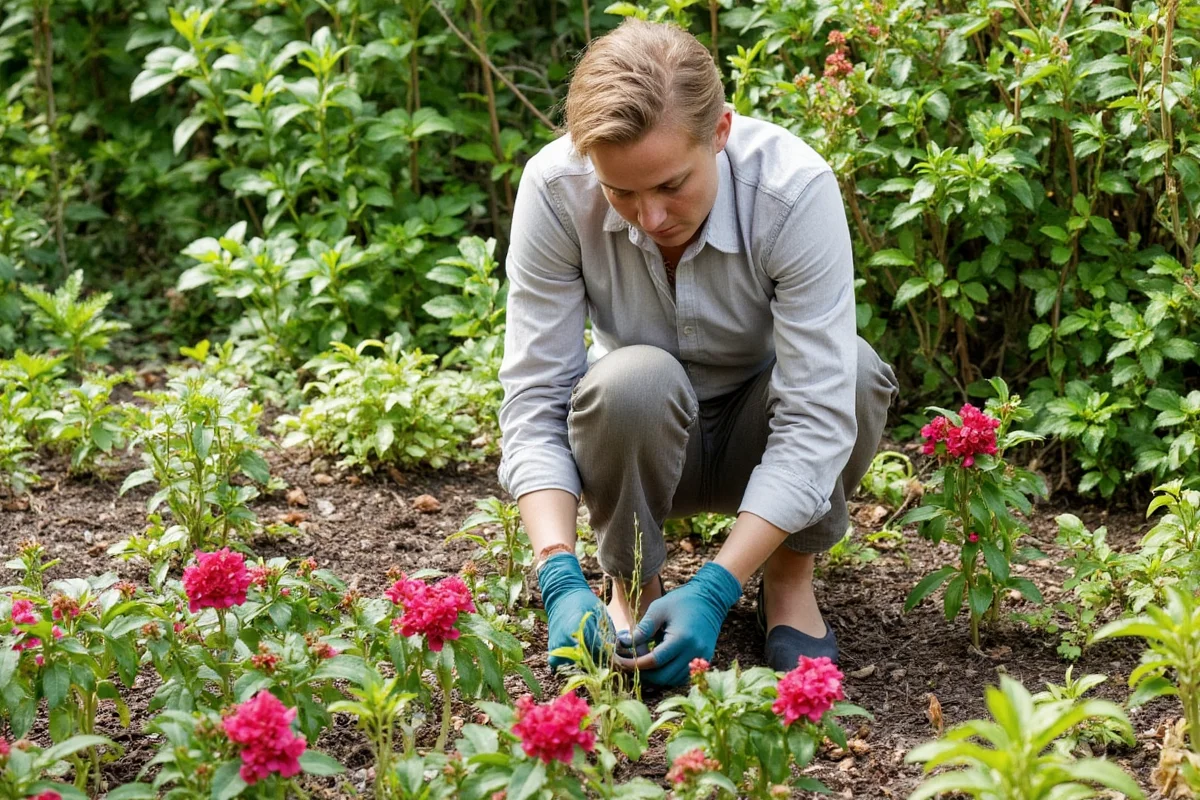Winter can be a challenging time for succulent and cacti enthusiasts. These resilient plants, known for their ability to thrive in dry conditions, require special care during colder months. The keys to ensuring their health and vitality are maintaining proper temperature, adjusted watering schedules, sufficient light exposure, and protection from harsh elements. This guide outlines essential winter care tips, ensuring your succulents and cacti survive the season and flourish come spring.
Understanding Temperature Needs
Succulents and cacti typically prefer temperatures between 40°F and 80°F (4°C to 27°C). During winter, it is important to avoid exposing them to extreme cold, which can lead to freezing and irreversible damage. If you have outdoor succulents and cacti, consider bringing them inside or moving them to a sheltered location. Indoors, aim to keep the temperature consistent, ideally between 55°F and 70°F (13°C to 21°C).
- Keep plants away from drafty windows or doors.
- If indoor space is limited, consider investing in an insulated greenhouse.
- Heated mats can help maintain constant soil temperatures for sensitive varieties.
Temperature fluctuations can be detrimental, so monitor your plants closely for signs of stress, such as transparent leaves or soft spots, and adjust their environment accordingly.
Adjusting Watering Practices
During winter, succulents and cacti enter a dormant phase, meaning they require significantly less water. Overwatering is the biggest threat during this time. Proper watering practices are crucial to avoid root rot.
- Water sparingly; always check if the top inch of soil is dry before watering.
- Reduce the frequency, potentially watering once every 3-4 weeks.
- Ensure pots have proper drainage to prevent water accumulation.
Understanding the needs of your specific plant species can help tailor watering schedules better.
Ensuring Light Exposure
Reduced daylight hours mean your plants may not get the light they need to maintain healthy growth. Proper placement is crucial to maximizing available light during winter.
- Place plants near south-facing windows where they can get the most light.
- If natural light is insufficient, consider using grow lights to supplement.
- Rotate pots regularly to ensure all sides receive equal sunlight exposure.
| Light Source | Exposure Time |
| Natural sunlight | 6-8 hours |
| Artificial grow lights | 10-12 hours |
Light stress, or inadequate light, can lead to undesirable growth patterns like stretching; monitor and adjust as needed.
Protection from Elements
Even indoors, plants may face harsh elements such as cold drafts or dry, heated air. Provide safeguards against these conditions to help maintain plant health.
- If bringing plants inside, ensure they are isolated from direct heat sources like radiators.
- Use humidifiers to maintain moisture levels in the air, preventing excessive drying.
- For outdoor plants, consider using frost cloths or shelters to protect against extreme cold.
Regular monitoring and adjustments help in identifying and mitigating stress factors promptly.
Customized Care for Varieties
Each type of succulent and cacti might have unique requirements, and understanding these can enhance your winter care practices.
- Research specific needs based on your plant species—some may tolerate cold better than others.
- Observe signs of distress, which can include color changes or leaf dropping.
- Adapt care strategies to fit Indica, Haworthia, or others differently to optimize their survival.
| Plant Type | Care Tip |
| Haworthia | Less frequent watering |
| Echeveria | Require more light exposure |
| Indica | Extra protection from frost |
Tailoring care helps your plants not just survive but thrive during colder months.
In conclusion, with a little preparation and mindful adjustments, succulents and cacti can gracefully endure winter. By carefully managing temperature, watering, light exposure, and protection from harsh elements, you set your plants up to emerge vibrantly when spring arrives. Use this guide to customize care routines to best suit your individual plant varieties and keep your green collection thriving year-round.











 浙公网安备
33010002000092号
浙公网安备
33010002000092号 浙B2-20120091-4
浙B2-20120091-4